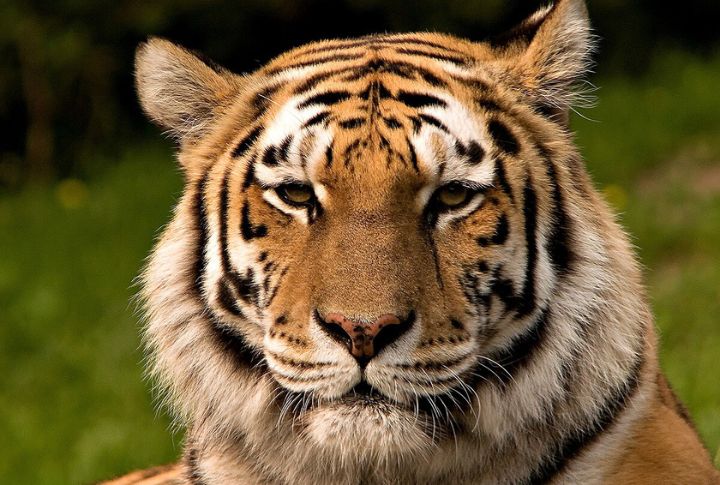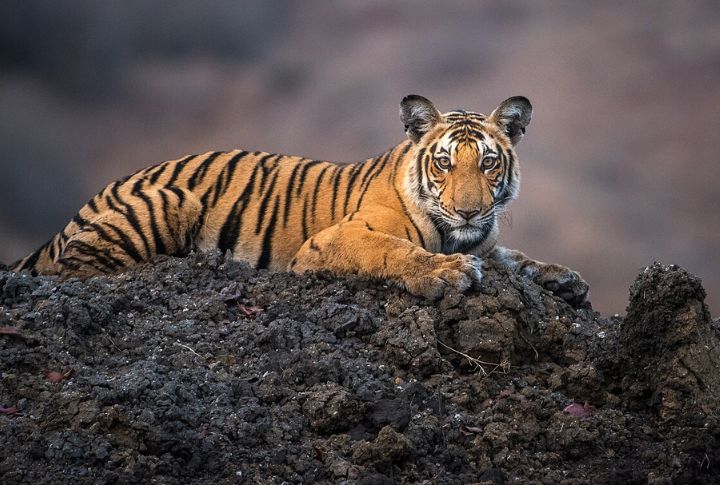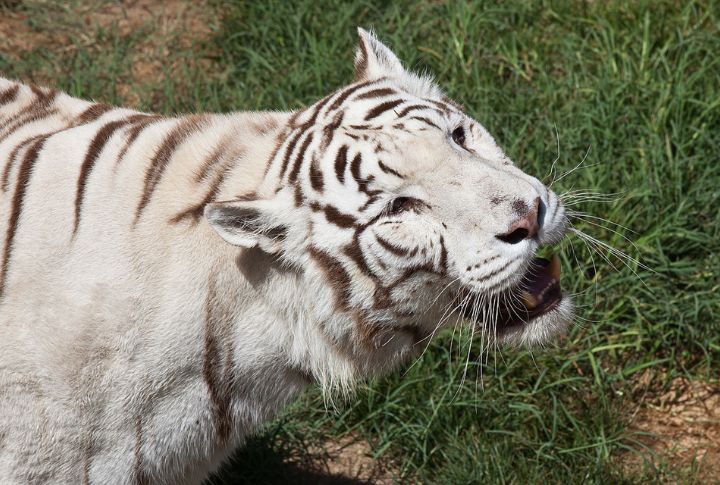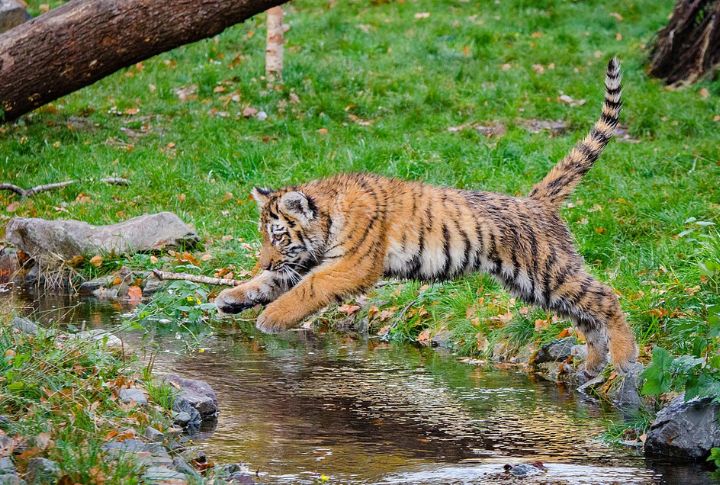
Tigers get a lot of attention—and rightfully so—but there’s more to them than their stripes and roar. Behind those piercing eyes is a story that’s full of unexpected details. The more you learn, the more impressive they become. If tigers already seem fascinating, just wait until you find out the facts that make them truly unforgettable.
Bengal Tigers Dominate India

Most wild tigers today are Bengal tigers, with over 70% found in India. They roam mangroves, forests, and grasslands. These cats are iconic apex predators that play a vital role in balancing ecosystems. In fact, India’s Project Tiger has helped double their population over the last decade.
Siberian Tigers Are Gigantic

Out in Russia’s chilly Far East, the Siberian tiger dominates as the largest of all wild cats. Adult males often weigh between 260–700 lbs and have a body length of 5’7″–6’10″. This subspecies also evolved into having a stockier frame and thicker fur to survive harsh, snowy terrains.
Tiger Stripes Are Unique

Think of a tiger’s stripes like a fingerprint—no two are the same. These vertical markings help them blend into grasses and forest shadows. Surprisingly, the pattern isn’t just on the fur. The skin underneath is striped, too, creating built-in camouflage that works even if the fur is shaved.
Tigers Love Water

Tigers are natural swimmers and often rely on water to regulate their body temperature. In hot climates, especially in parts of India and Southeast Asia, they wade into ponds and rivers to stay cool. Swimming also helps them move between areas and occasionally ambush prey near water sources.
White Tigers Have Rare Genes

That snowy white coat? It’s the result of a rare recessive gene mutation, not albinism. White tigers aren’t a separate subspecies, but they’ve mostly been bred in captivity. In the wild, their pale color would actually make stealth hunting difficult.
Tiger Roars Travel Far

At full volume, a tiger’s roar can carry up to two miles through dense jungle. It’s a warning, a locator, and a territory claim all rolled into one. These deep roars vibrate through the air at low frequencies, perfect for long-distance communication.
Tigers Hunt With Precision

Tigers are solitary hunters that rely on stealth and strength rather than speed. They launch attacks from close range, aiming for the neck or throat. Despite their power, most hunts fail because prey animals are highly alert and quick to react. Still, success rates improve in darkness or dense vegetation, where tigers gain the advantage.
Tiger Cubs Learn Fast

By six months, cubs start following their mother on hunts by picking up survival skills. Play fighting, stalking insects, and mimicking mom’s moves prepare them for adult life. Most will stay with their mothers until age two before heading off alone.
Tigers Can Mimic Sounds

Here’s a curveball: tigers are capable of imitating the calls of certain animals. This vocal trick helps them blend into the surroundings or stir movement among prey. It’s not commonly noticed in the wild, but it shows that their hunting strategies go beyond brute force.
Tigers Face Survival Challenges

Despite being fierce, tigers are endangered. Habitat loss, poaching, and human conflict have pushed them into shrinking pockets. Their numbers have dropped more than 90% in just a hundred years. Without serious conservation efforts, the world’s largest cat may slip away before most ever see one.

